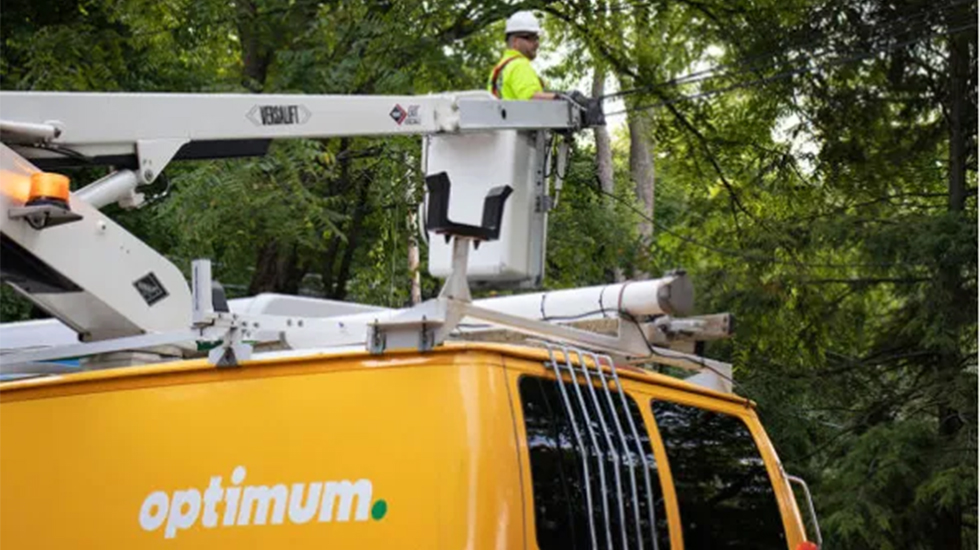NatGeo to Use TV Frequencies for Wildlife Sensing, Imaging
The latest list of FCC experimental license grants, covering the period from Jan. 1, 2008, to Feb. 1, 2008, includes a license allowing use of VHF and UHF TV frequencies for wildlife sensing and imaging within Washington, D.C.
License WE2XMB allows National Geographic to operate in the 54–72, 76–88, 174–216, 420–432, 433.92, 470–608, 614–806 and 902–928 MHz bands
Ham Radio operators around Boulder, Colo., may hear unusual signals in the 2 meter and 440 MHz bands. The Colorado Space Grant Consortium at the University of Colorado in Boulder received a license to operate in the 144–146 and 435–440 MHz bands for testing the atmospheric neutral density explorer.
As previously covered in RF Report, the FCC has been granting experimental licenses to nuclear power plant operators allowing them to use broadcast TV spectrum for communications around nuclear reactors. In the latest list, Nuclear Management Company LLC was allowed to use 470–806 MHz at the Prairie Island Nuclear Generating Plant in Welch, Minn.
Boeing was granted an experimental license to use Ku-band satellite frequencies for testing a Maritime Mobile Satellite Earth terminal in the continental United States, Alaska, Hawaii, U.S territories and international waters.
See the latest list of FCC experimental license grants for the complete list.
Get the TV Tech Newsletter
The professional video industry's #1 source for news, trends and product and tech information. Sign up below.

Doug Lung is one of America's foremost authorities on broadcast RF technology. As vice president of Broadcast Technology for NBCUniversal Local, H. Douglas Lung leads NBC and Telemundo-owned stations’ RF and transmission affairs, including microwave, radars, satellite uplinks, and FCC technical filings. Beginning his career in 1976 at KSCI in Los Angeles, Lung has nearly 50 years of experience in broadcast television engineering. Beginning in 1985, he led the engineering department for what was to become the Telemundo network and station group, assisting in the design, construction and installation of the company’s broadcast and cable facilities. Other projects include work on the launch of Hawaii’s first UHF TV station, the rollout and testing of the ATSC mobile-handheld standard, and software development related to the incentive auction TV spectrum repack. A longtime columnist for TV Technology, Doug is also a regular contributor to IEEE Broadcast Technology. He is the recipient of the 2023 NAB Television Engineering Award. He also received a Tech Leadership Award from TV Tech publisher Future plc in 2021 and is a member of the IEEE Broadcast Technology Society and the Society of Broadcast Engineers.
